When weather gets freezing cold car windows start to freeze and engine can have problem to start. For this reason in countries where there is freezing cold weather on winter time, people use heaters to help up starting their cars during winter time. In Finland it is common to use engine preheater and interior heater. Those heaters are normally powered from 230V AC mains power.
The engine preheater is the device that preheats the engine at low temperatures in winter before starting. It protects and warms up the engine by heating up the coolant and transferring the heat to the engine through the coolant. If you live in the winter zones where temperatures fall below -10 degrees Celsius then it would be good to learn the benefits of using a block heater. From helping your car start in the extreme cold to protecting your car, a block heater is a relatively inexpensive tool. The more you drive with your engine cold the faster the cylinder and piston will wear out. Typical heating time used in Finland is two hours, that’s what is the default on time on most timers on the car heating sockets. Testing in the 1970s of warm-up times for block heaters found little benefit in operating a block heater for more than four hours prior to starting a vehicle. Start by watching video to finding out what a block heater:
Tarvitsetko moottorilohkolämmittimen? Kuinka se toimii, kuinka kauan kytkeä verkkovirta, toimiiko se
The car interior heater can warm the air in your vehicle so that the ice and snow start to melt away from windows and it is nicer to start driving. In Finland we typically use 1000-2000W mains powered (230V AC) heaters in the car for 1-2 hours for getting the ice out of car windows and getting the inside of car somewhat warmer than freezing cold. One kilowatt is not a lot of power trying to heat up car inside in the middle of winter. Defa is the most common brand, but there are also many other heating brands. Here are some videos on those heaters.
Interior heater install for Skoda Citigo iV electric
I have a Defa miniplug socket installed on the front of my car. I plug the following type cable from it to outdoor mains outlet to it. The cable must be built so that it will withstand handling on the cold weather without insulation being damaged. For example in Finland the cables are tested down to -50 degrees Celsius according to EN 50525-2-21 cable flexing test.
Inside the car there is wiring that splits the power to motor block heater and car interior heater (heater is plugged to normal looking mains outlet wired to heater wiring system wiring inside car). The 230V AC power goes to the car through DEFA mini plug system (originally made by only Defa, now there are compatible connectors also from other manufacturers).
On my car there is a Defa mini socket to SCHUKO socket adapted installed inside car where I plug my Defa heater.
There is also Defa mini socket Y splitter under the hood near motor to get power also to motor heater. Here is a video that shows how inside car socket is installed to one car model.
Here is DEFA heating system wiring diagram example:
This example has engine heater, interior heater and car battery charger. In simpler systems there is no charger (red box) but the wiring is otherwise similar (input just goes directly from input plug to the cable Y splitter.
Sisäpistokkeen asennus, VW Golf -00, 1.9 TDi
Here are videos on the sockets that are used to get the heating power to the car in Finland. This is typical outlet with time that gives two hours of electrical power to the outlet starting at the set time.
Winter driving, engine heater, timer adjustment
Näin käytän auton lämmitystolppaa
Before this small DEFA mini plug system, car heaters used to use old style quite big CEEFORM sockets in the car.
Links to more information:
https://www.defa.com/ca/warmup-heating-charging-system/interior-heaters/
https://www.defa.com/content/uploads/Documentation/Downloads/Technical-information/Electrical-preheating/Technical-Handbook-EN.pdf
https://www.defa.com/content/uploads/Documentation/Downloads/Technical-information/Electrical-preheating/ComfortKit-User-Installation-Guide.pdf
https://www.defa.com/content/uploads/Documentation/Downloads/Technical-information/Electrical-preheating/ComfortKit-Plus-Diagram.pdf
https://www.defa.com/product/cabin-heater-kit-ev-1900/
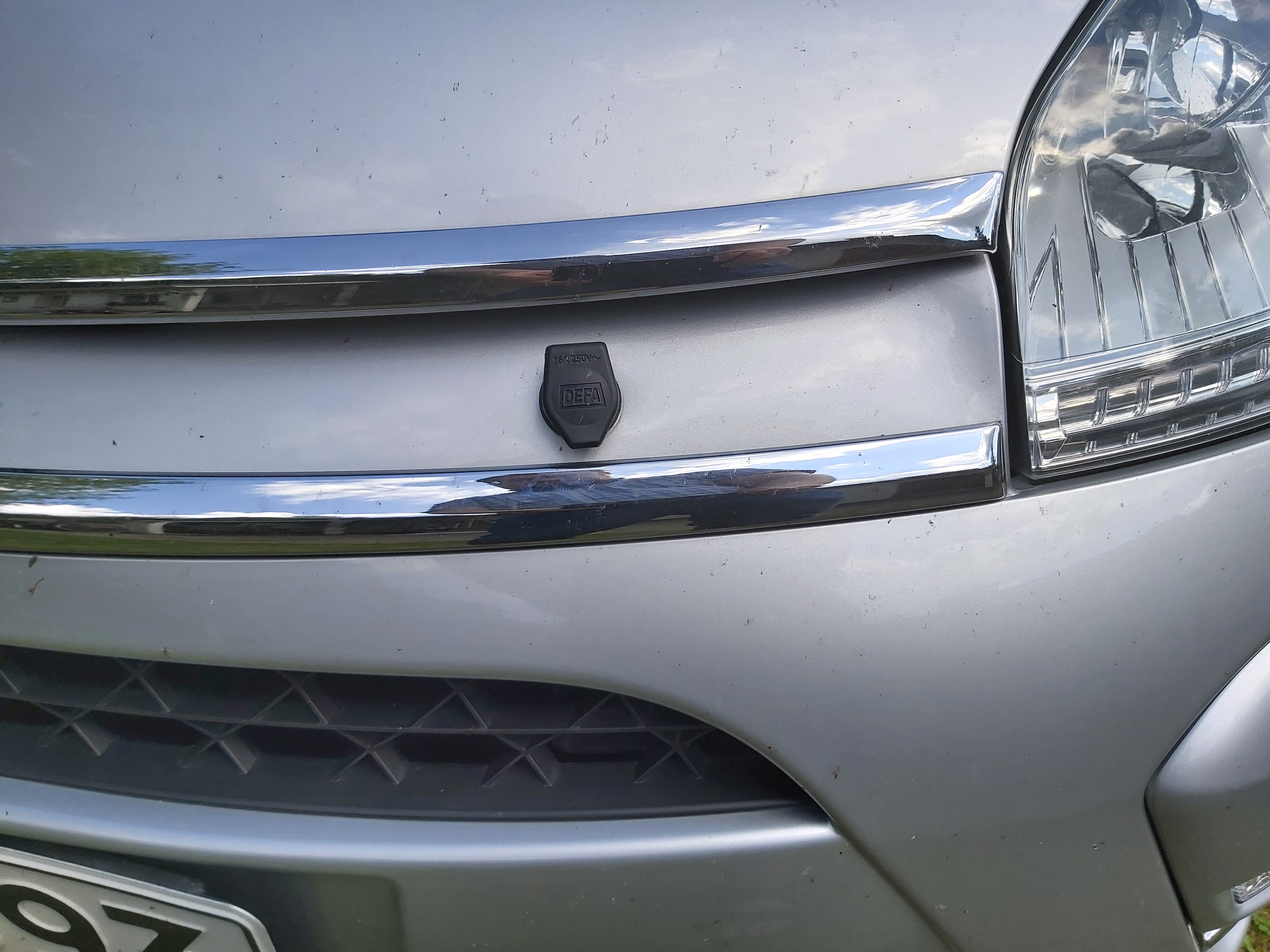
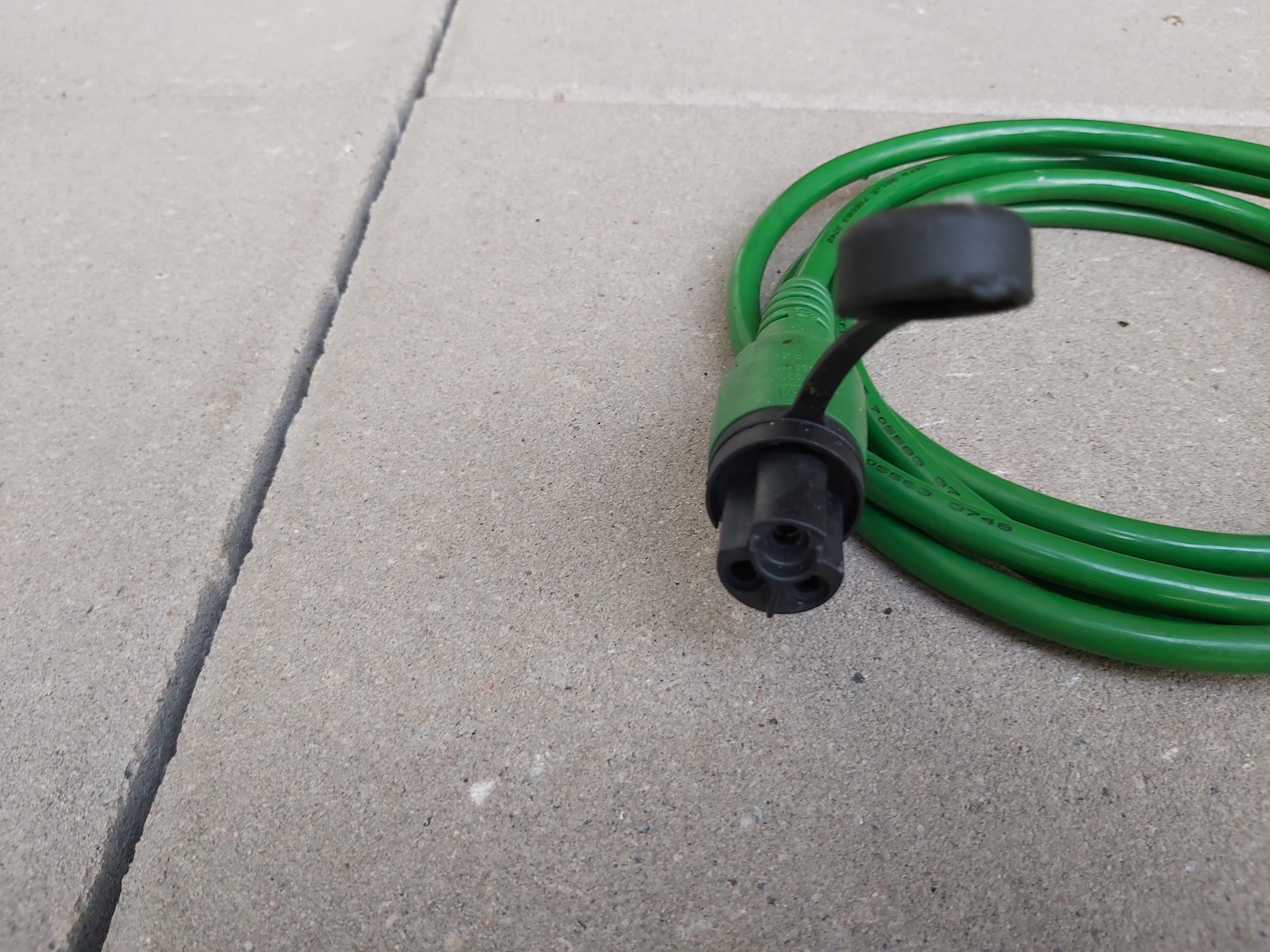
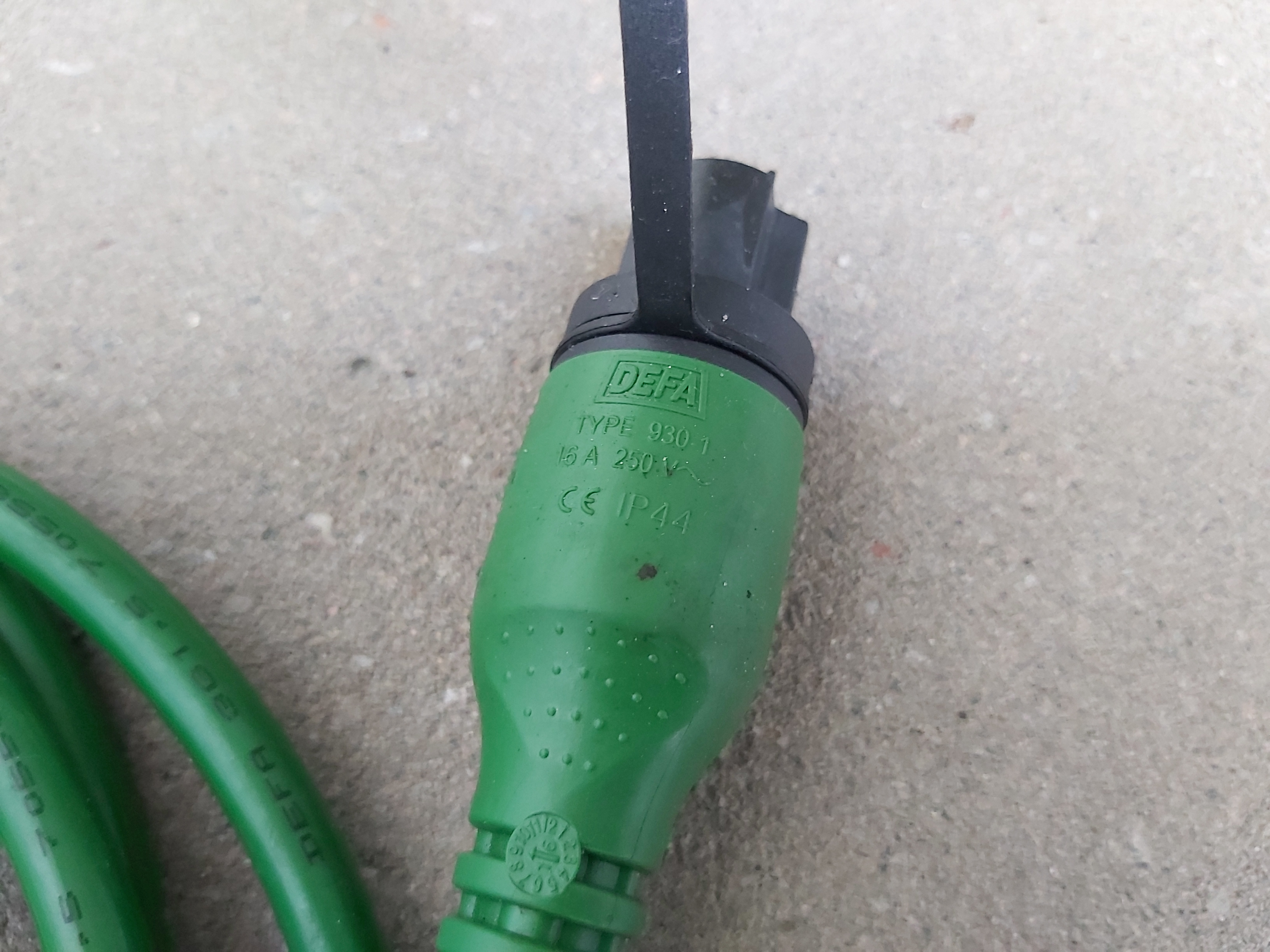
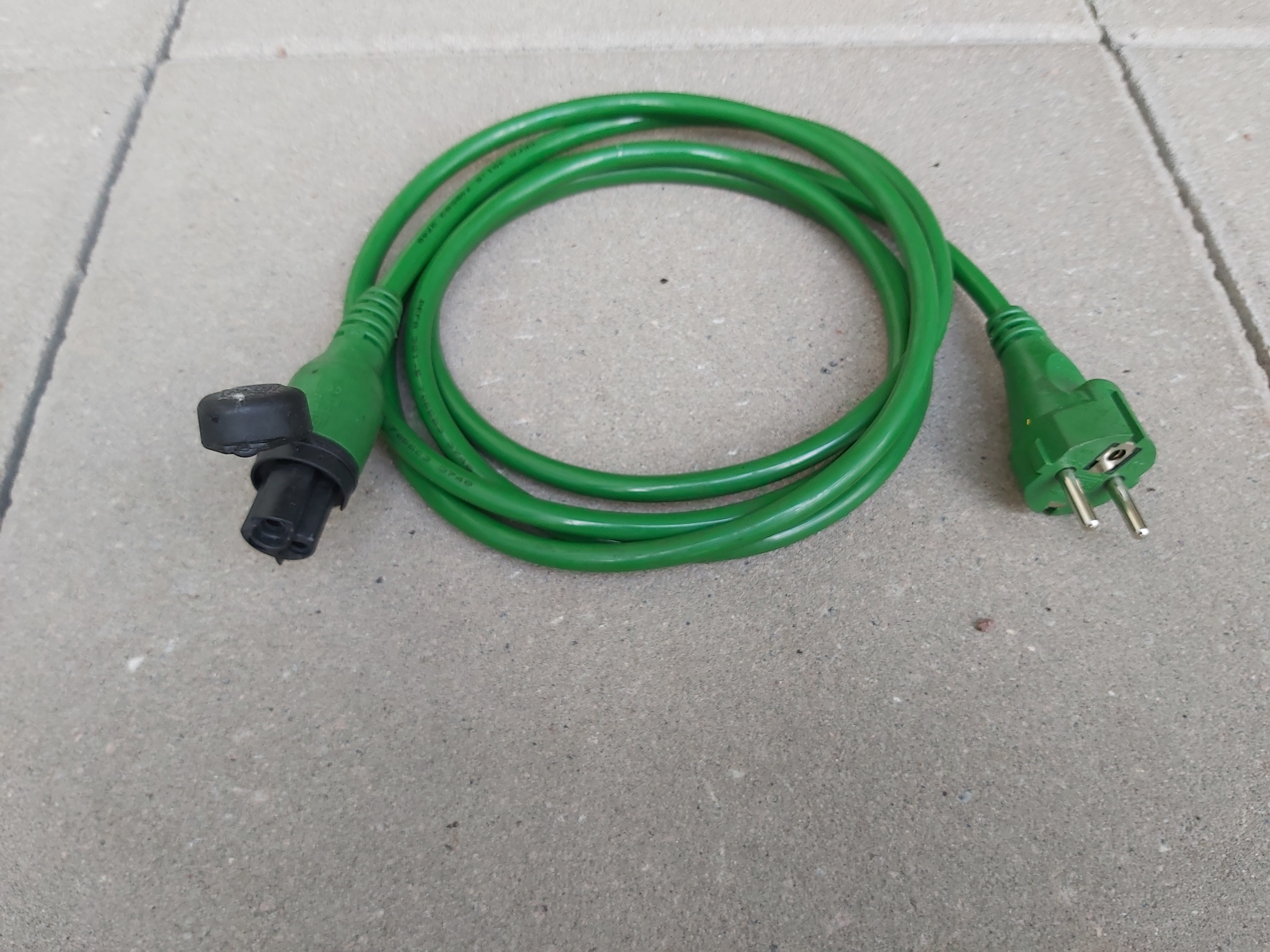
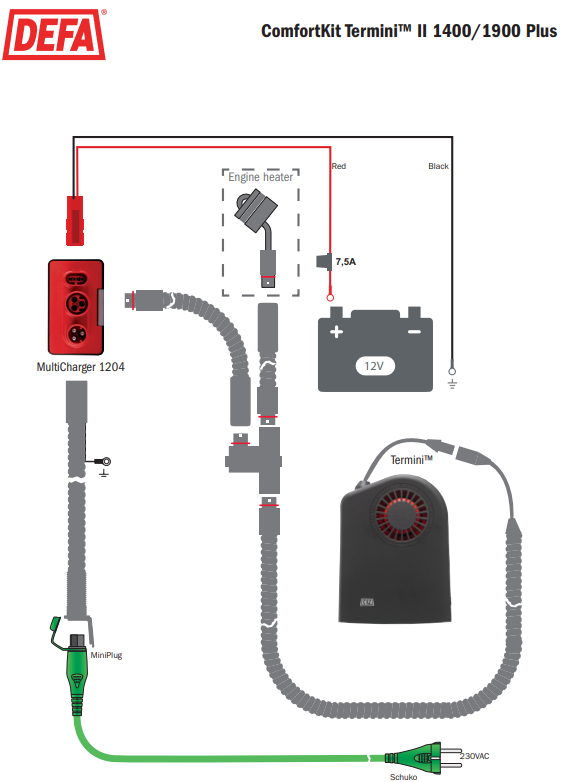
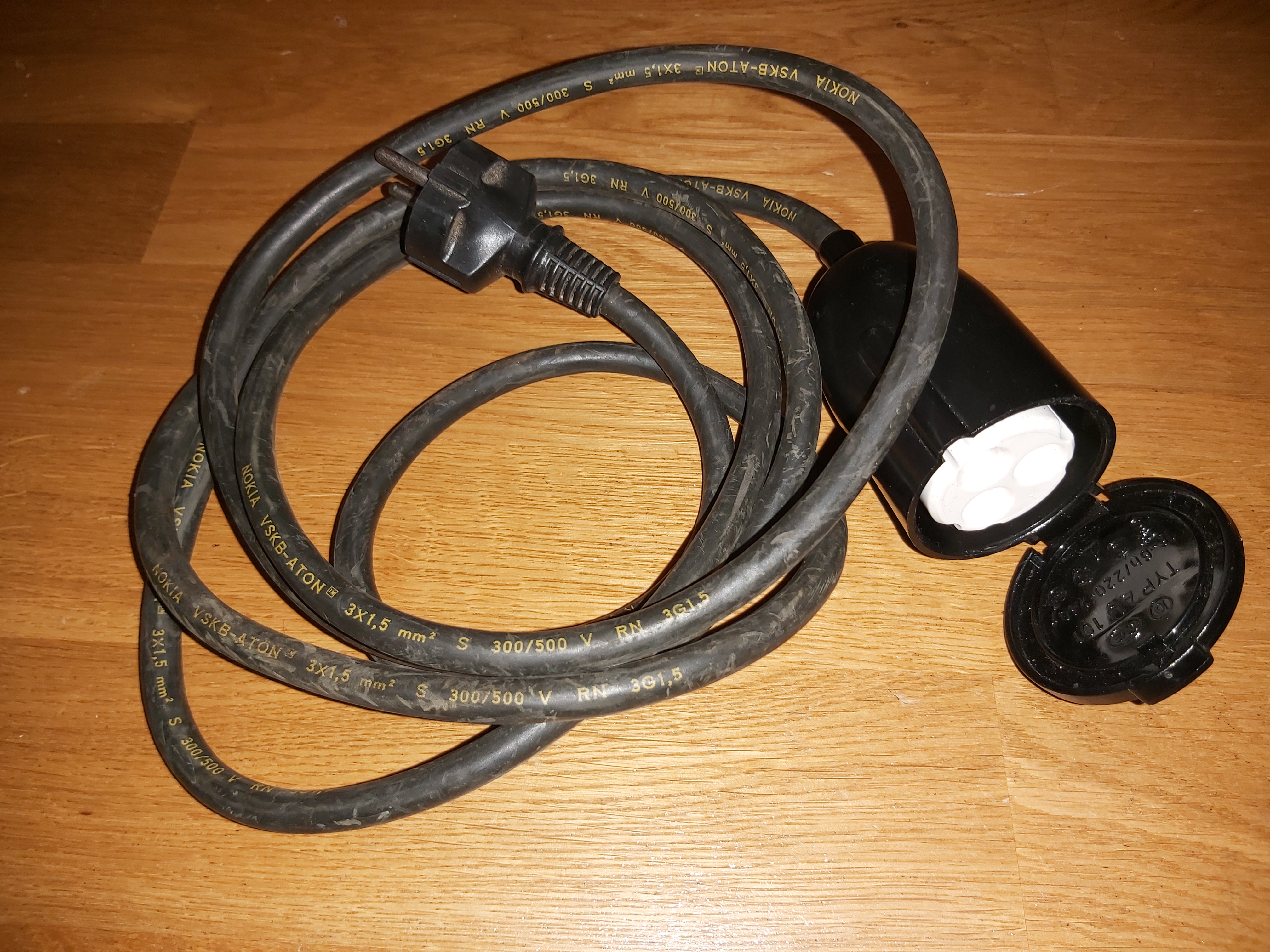
13 Comments
Tomi Engdahl says:
Over temp protection in essential safety feature in heaters. Many better heaters used in Finland have PTC based hesters, that adjust heating power based on temperature and the heating element does not become flaming hot even if air circulation gets mostly blocked. PTC heating and then also overheating protector in them. At least better ones from Defa in Finland are like that. No fire disaster when some loose plastic (shopping bag or face mask) happened to block heater main air intake.
Tomi Engdahl says:
https://www.vaisala.com/en/case/finnish-road-weather-excellence-proud-our-snowhow
Tomi Engdahl says:
The car heating system works and is very necessary when outside temperature drops below -20 degrees Celsius.
Tomi Engdahl says:
There is another type of small car heater plug: Calix plug.
It is about same size as Defa plug and looks quite similar, but is not compatible with Defa cable.
Tomi Engdahl says:
https://stek.fi/question/sahkoauton-lataus-tolppaan-toinen-johtokolo/
Syy miksi auton lämmityksen liitosjohtoa ei saa jättää roikkumaan lämmityspistorasiasta on ulkopuolisten henkilöiden ja erityisesti lasten suojeleminen. Jos liitäntäjohto on maassa, se voi vahingoittua esimerkiksi aurauksen takia, ja siitä voi saada sähköiskun. Toisaalta ehjänkin lämmityksen liitäntäjohdon päästä voi saada sähköiskun johtavan esineen kuten naulan välityksellä. Sen takia liitäntäjohto pitäisi ottaa pois tai sijoittaa siten, että johdon päähän ei pääse käsiksi, eikä johto pääse vahingoittumaan.
Tomi Engdahl says:
https://stek.fi/question/pistorasian-asennus-ulos/
Pistorasian asentamisessa on otettava huomioon pienten lasten suojaaminen ja lumen vaikutus. Jotta lapset eivät leikkiessään saa työnnettyä esim. naulaa pistorasian rei’istä pistorasiassa pitää olla sulkulaitteet, jotka avautuvat, kun pistorasiaan työnnetään pistotulppa. mutta estävät yksittäisen naulan työntymisen pistorasian sisään. Vaihtoehtoisesti voidaan pistorasia sijoittaa lukittavaan koteloon esim. autolämmityspistorasiaan. Näissä tapauksissa ei ole pistorasian asennuskorkeudelle vaatimuksia, vaan se voidaan sijoittaa käytön kannalta sopivalle korkeudelle. Jos edellä olevat vaihtoehdot eivät täyty, pitää pistorasia sijoittaa lasten ulottumattomiin eli vähintään 1,7 m korkeudelle maasta. Lisäksi on muistettava, että uudet ulos asennettavat pistorasiat on suojattava vikavirtasuojalla.
Myös lumen vaikutus on otettava huomioon siten, että pistorasia ei jää lumen alle.
Tomi Engdahl says:
Looking inside an engine during cold start (-30 degrees)
https://www.youtube.com/watch?v=fNzSQxd4mzU
We slightly modified our transparent engine covers, and filmed another video, this time – in -30 degree weather.
Viewer comments:
As a Canadian I can appreciate this based on our winters, -24 to -36 C is typical here also. Thank you for doing this video and also thank you for translating into English audio.
Tomi Engdahl says:
Remotely Monitor & Control Conductive Concrete (Snow Heating) at Bus Stops
https://dpstele.com/blog/conductive-concrete-snow-melt-bus-stops.php?article_id=64282&m_row_id=1999640&mailing_id=11152&link=F&uni=1116861d39c35d0a2f
Tomi Engdahl says:
https://hackaday.com/2022/01/25/the-road-is-peppered-with-rock-salt-alternatives/
Tomi Engdahl says:
Moni tuo lumisen autonsa kauppakeskuksen parkkihalliin sulamaan – kikka, jolle kauppakeskusjohtajat eivät näe estettä
Lumimyrskyn jälkeen kauppakeskusten lämpimissä parkkihalleissa näkyy tavallista enemmän lumisia autoja.
https://yle.fi/uutiset/3-12294960
Tomi Engdahl says:
https://www.marketwatch.com/story/top-cyber-official-has-never-seen-a-more-serious-vulnerability-heres-what-you-should-know-about-log4j-11643736595
Tomi Engdahl says:
Fun:
Jäätynyt auto talliin seisomaan
https://www.hs.fi/fingerpori/car-2000008594939.html
Tomi Engdahl says:
https://fb.watch/b9-76xudl-/